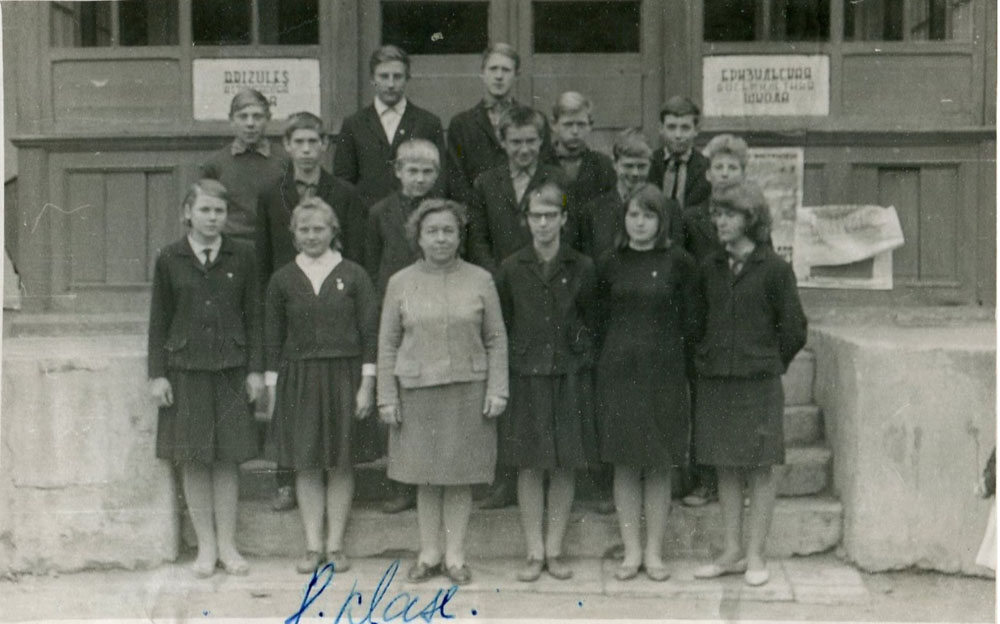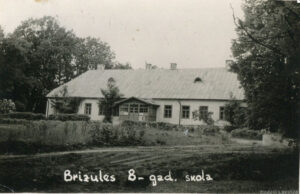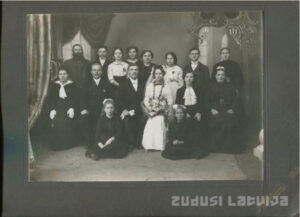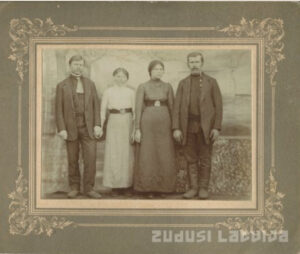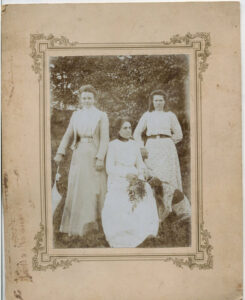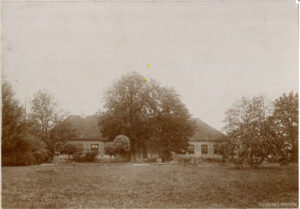In the middle of the 15th century, the master of the Livonian Order gave the village of Brizule to the Stromberg family, in the 17th and 18th centuries, the manor had several owners. During the Duchy of Kurzeme and Zemgale around 1710, the present wooden manor house was built. In 1774, Fridrich Gotthard Brinken (1714-1802) acquired the Brizule manor. In 1802, the manor was inherited by his cousin, general and governor of Courland, Gustav Matthias von der Wenge-Lambsdorff (1745-1828), who was buried in a chapel built for the family. Later, his brother Leo Lambsdorff (1884-1916) and Ralf Lambsdorff (1883-1970) managed the manor. After the land reform of 1920, the owners of the manor were expropriated and their land was divided into 34 units with a total area of 905 ha
A school was established in the former house of the lords of the manor, which operated there until 1992. After the building was privatized, reconstruction and renovation works took place in it. There is also a chapel of the Lambsdorf family in Brizule, where 13 members of the owners of the Brizule manor from the Lambsdorf family were buried between 1802 and 1914. Thanks to the cooperation of the local school and the descendants of the Lambsdorf family, the chapel was restored in 1994. Helmuts Lambsdorf (1918), the son of Ralf, the last owner of the manor, and the uncle of Hagen von Lambsdorf, the German ambassador to Latvia (1991-1993), initiated the restoration of the family graves.
